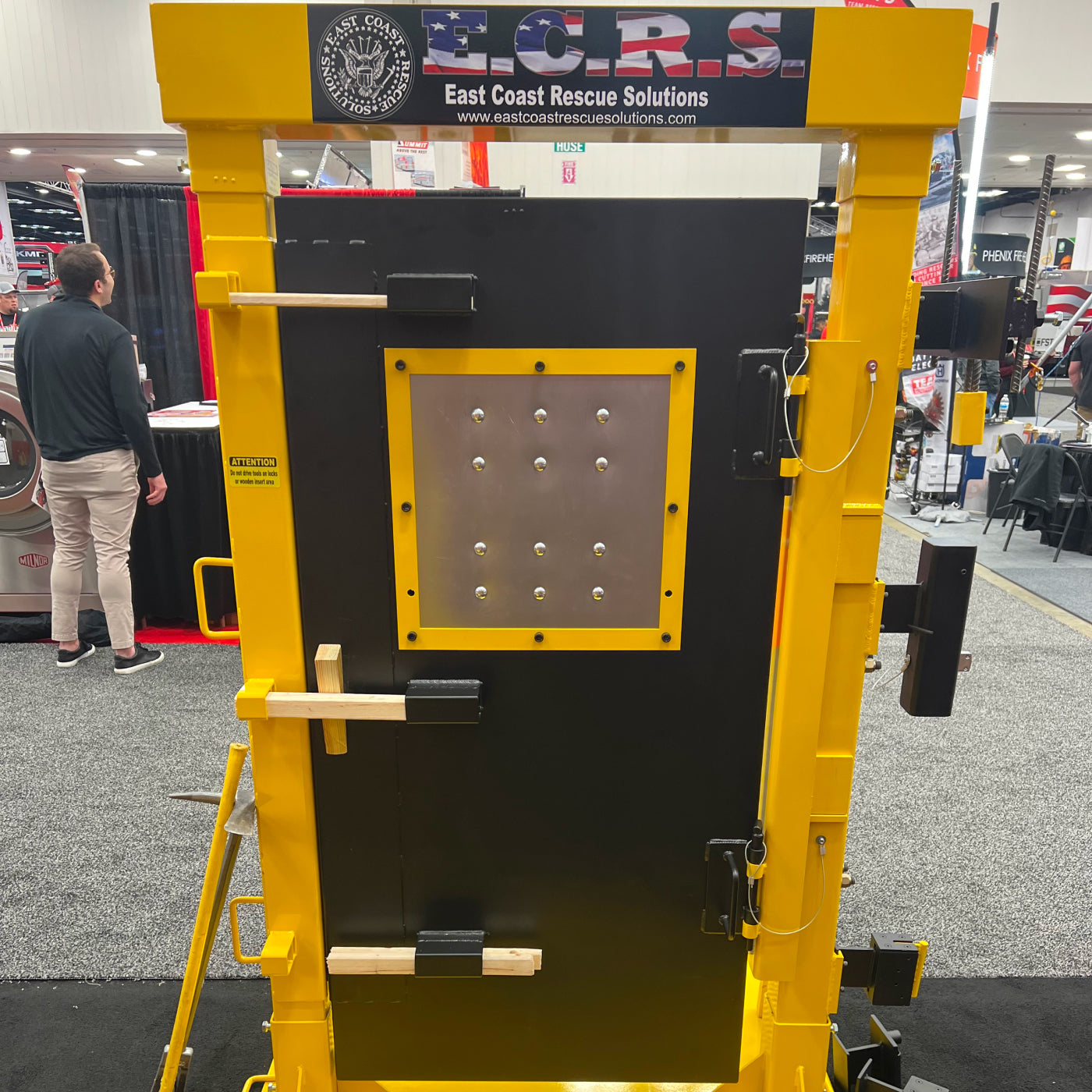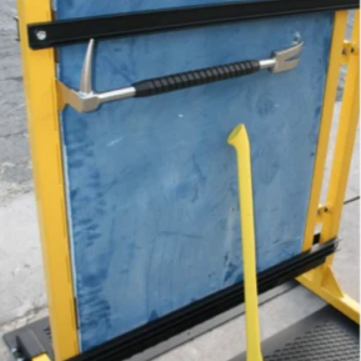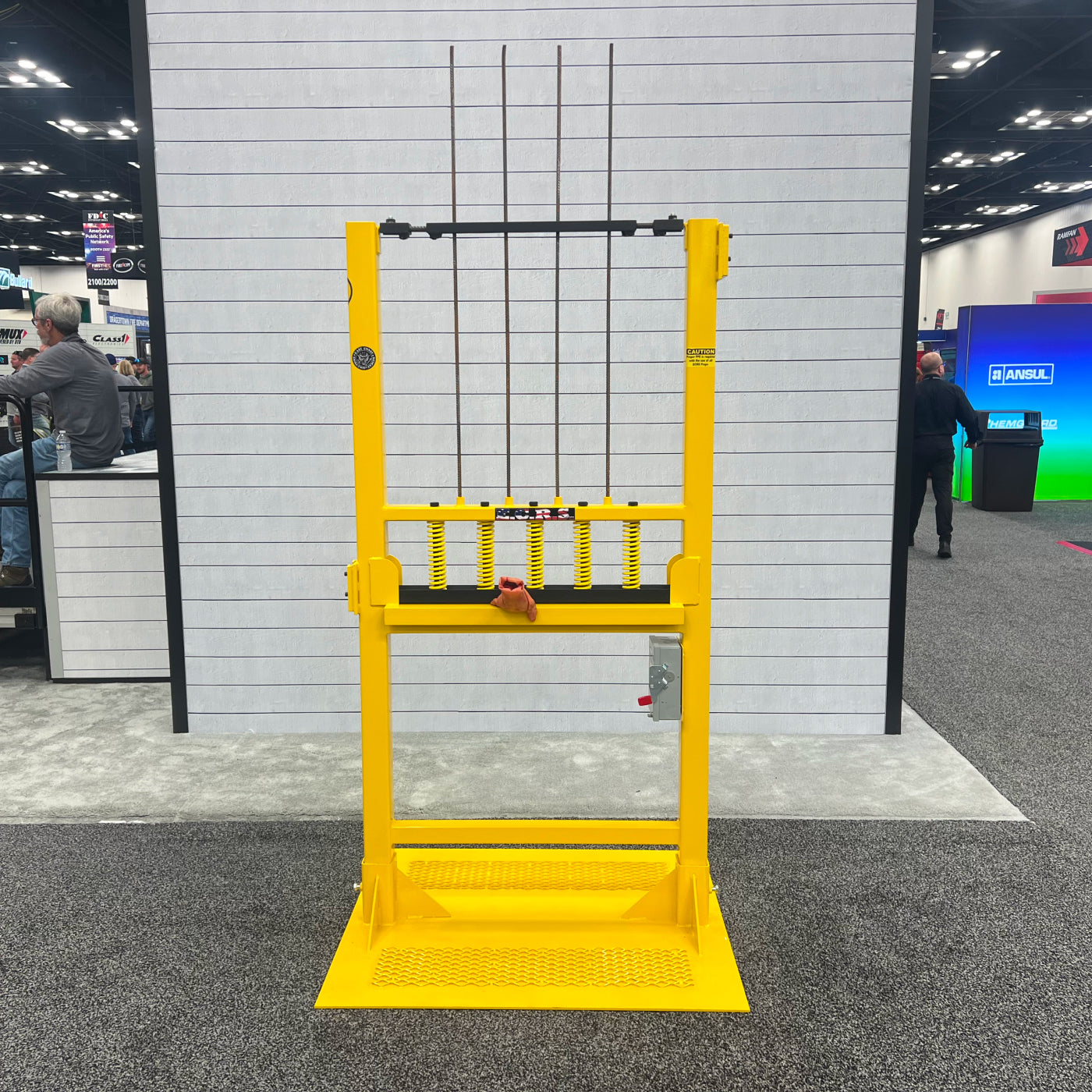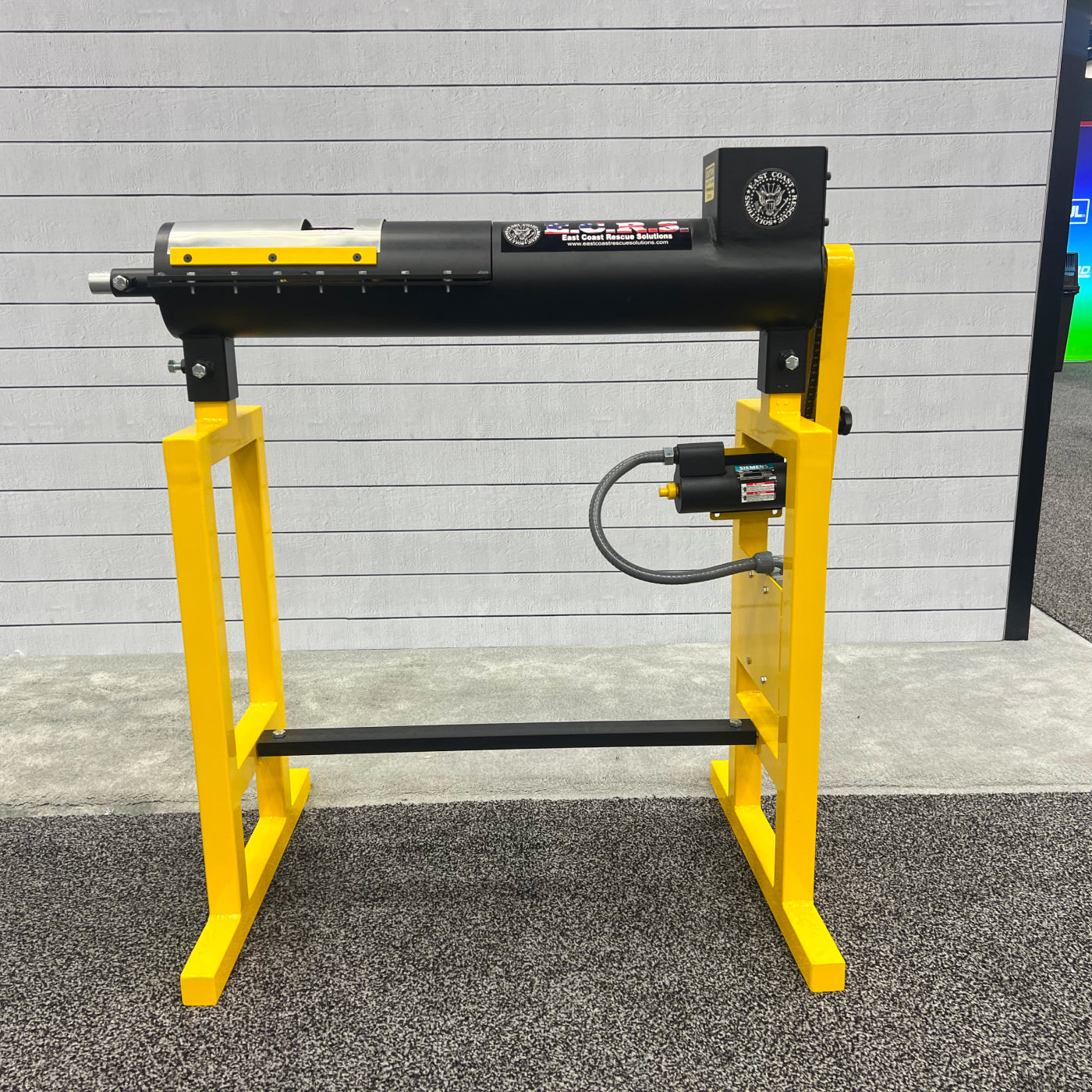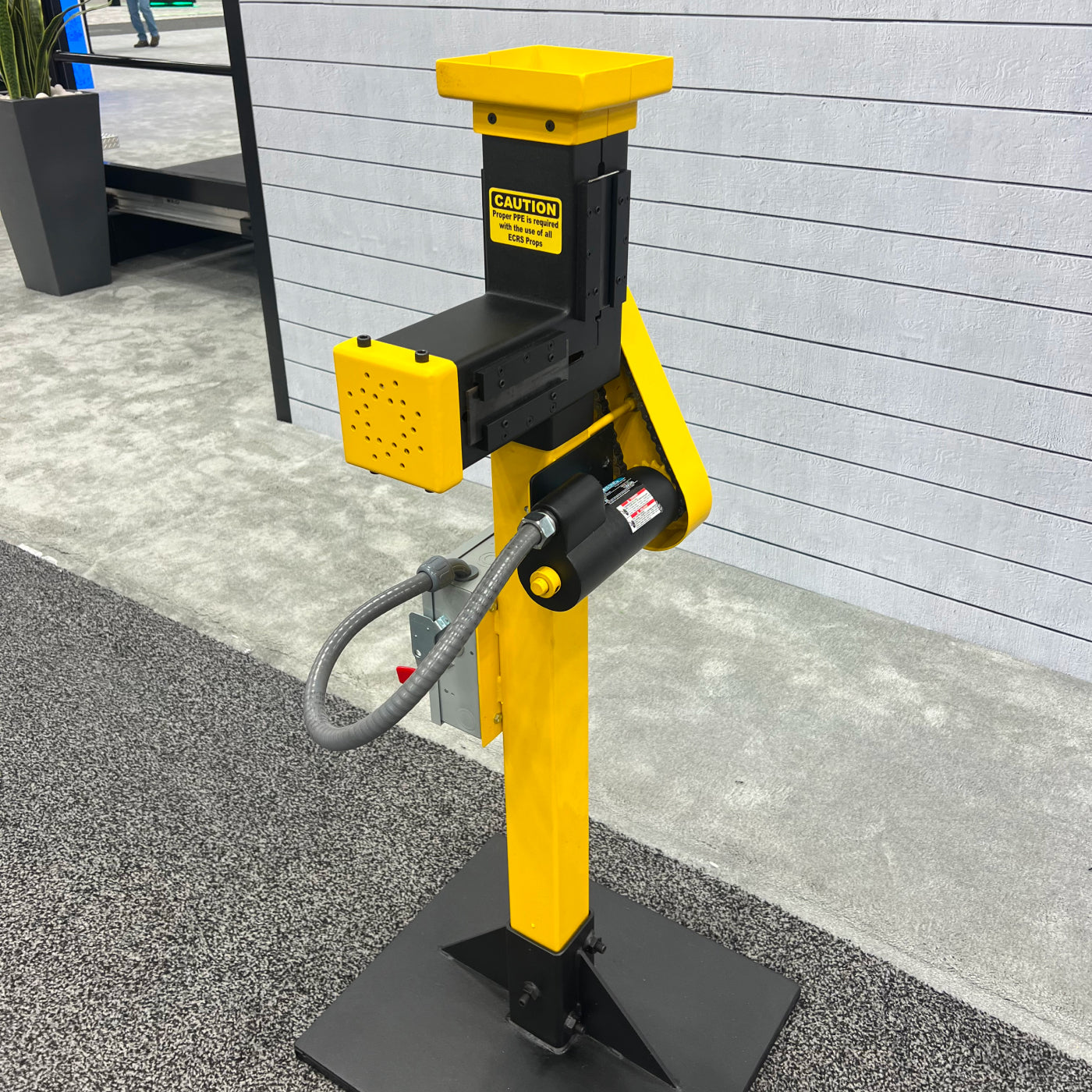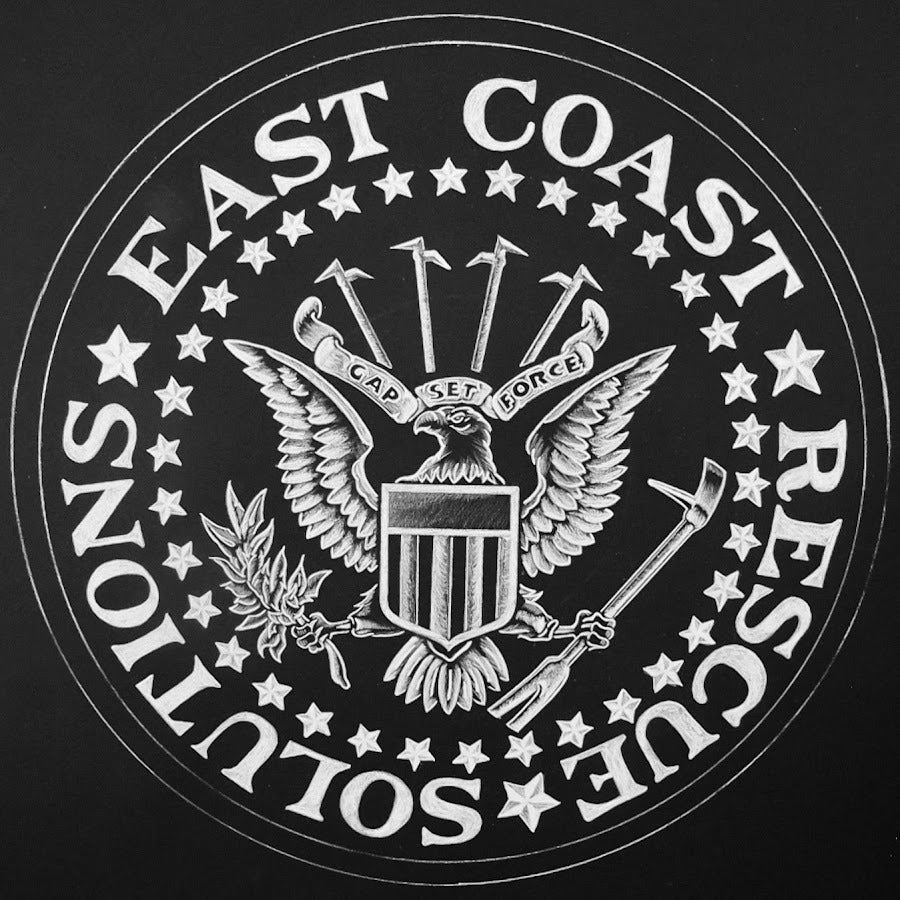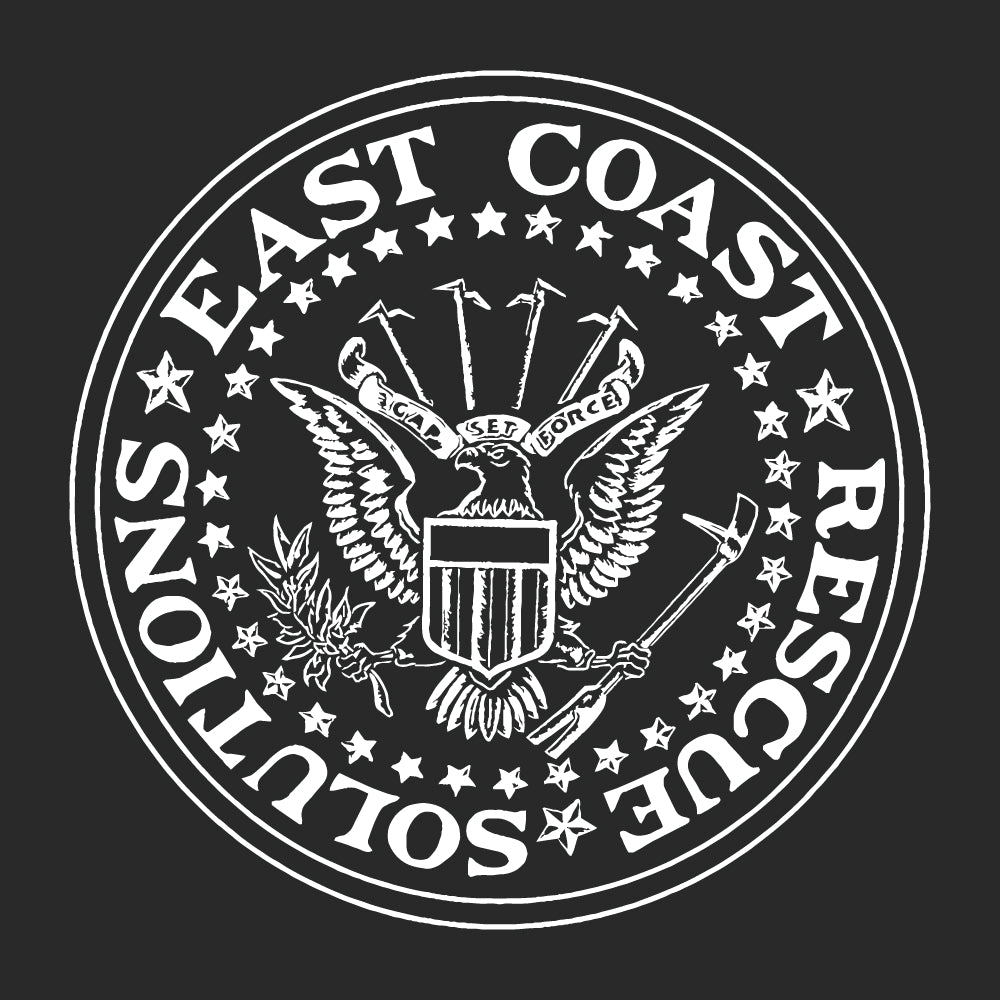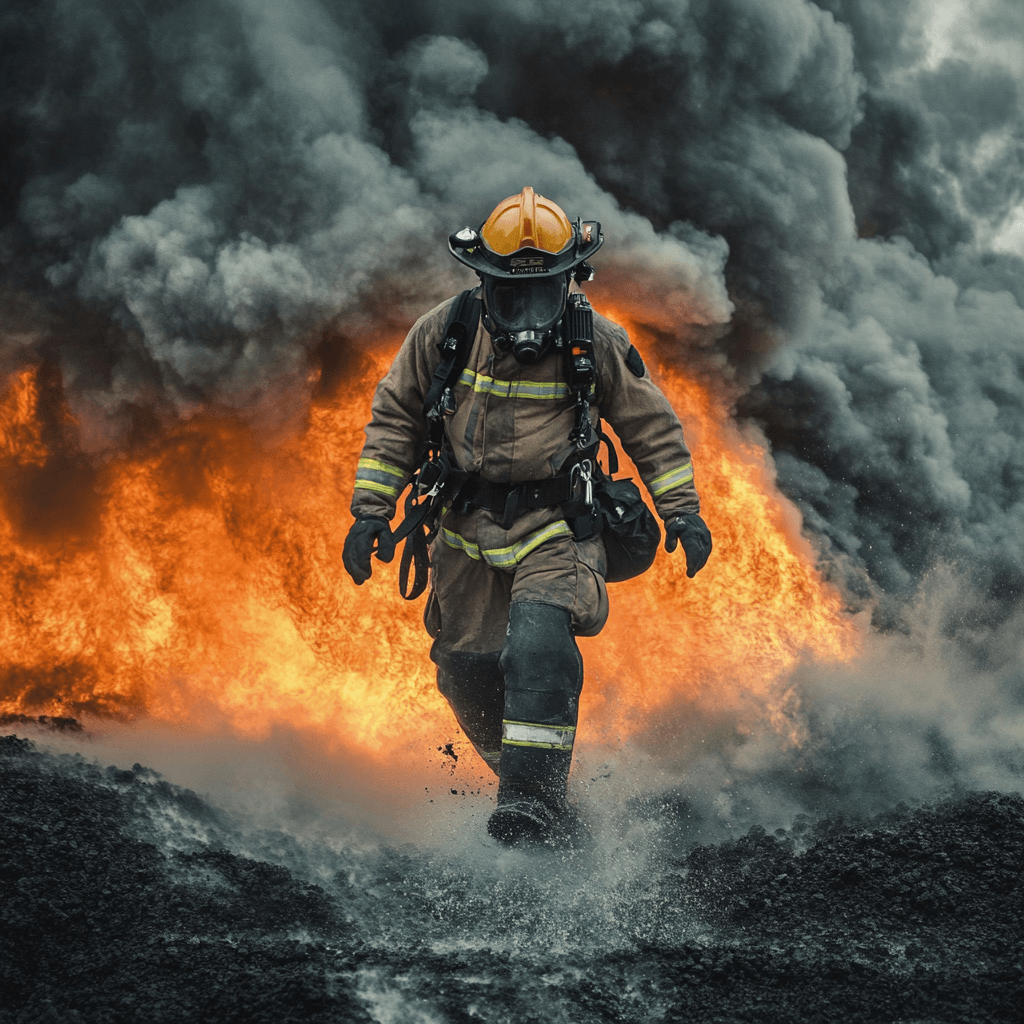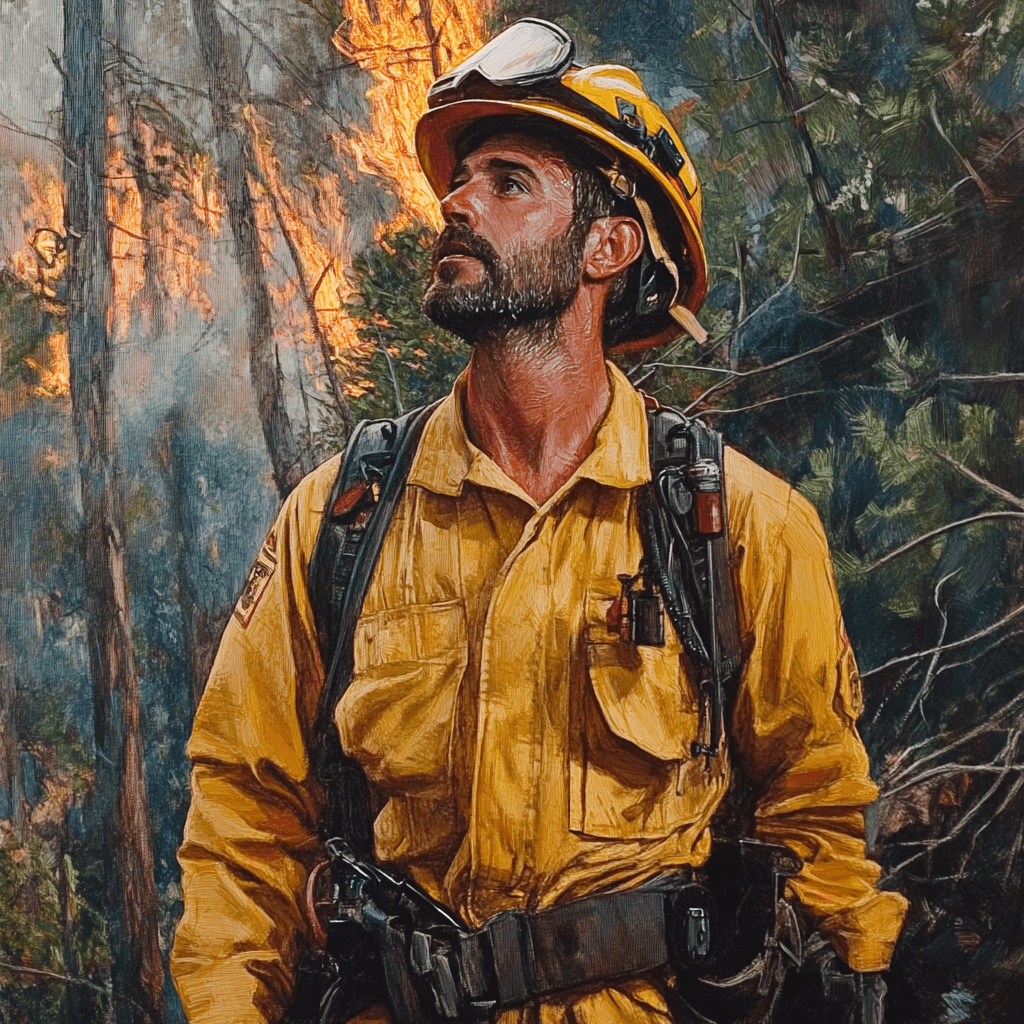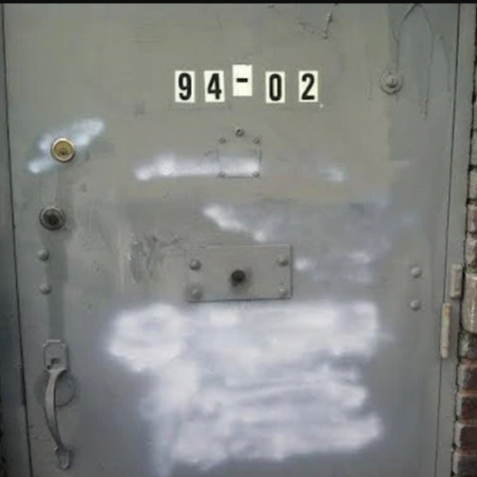Becoming a firefighter isn’t just about fighting flames—it’s about committing yourself to a lifetime of service, hard work, and continuous improvement.
If you’re serious about joining the fire service, you need more than just the dream. You need a plan, discipline, and the right mindset.
This guide will walk you through everything you need to know—and everything most people won’t tell you—about how to become a firefighter.
What It Really Means to Be a Firefighter: Beyond Fires and Sirens
When you think about becoming a firefighter, you probably imagine dramatic rescues, flashing lights, and roaring blazes. But firefighting is also about grinding work: pulling ceilings, overhauling debris, assisting on medical calls, and being ready to handle anything from car accidents to natural disasters.
You’ll face heat, exhaustion, emotional strain, and sometimes heartbreak. You’ll also experience teamwork, camaraderie, and the satisfaction of knowing your work truly matters.
✅ Reality Check: You might spend more time doing medical runs, inspections, and community education than fighting actual fires—especially early in your career.
Minimum Requirements: What You Need Before You Apply
Before you even think about applying, make sure you meet the basic requirements:
-
Age: Most departments require you to be at least 18 years old (some set the minimum at 21).
-
Education: High school diploma or GED is typically required. College credits (especially in fire science) are a plus.
-
Driver’s License: A valid driver’s license is a must. Clean driving record preferred.
-
Background: Clean criminal background, though minor offenses may not always disqualify you.
-
Medical and Physical Fitness: You’ll need to pass a medical exam and a strenuous physical ability test.
✅ Tip: Minor traffic tickets usually aren’t a big deal—but DUIs, felonies, or a history of dishonesty can kill your chances quickly.
How to Choose the Right Department for You
Not every department is the same. Before applying, consider:
-
Size and location: Urban departments deal with more structure fires and high-rise rescues; rural departments may handle more wildfires and vehicle incidents.
-
Volunteer vs. Career: Volunteer departments offer great experience and community service. Career departments offer full-time paid positions.
-
Specialties: Some departments are known for technical rescue, wildland firefighting, hazmat, or USAR (Urban Search and Rescue).
✅ Tip: Ride along with departments if they allow it. You’ll get firsthand experience of their culture and call types.
How to Build a Competitive Resume Before You Even Test
You don’t have to wait until you’re eligible to start preparing:
-
Volunteer: Start volunteering with your local department if they allow it.
-
Certify Early: Get your EMT (Emergency Medical Technician) license—it’s often required, and it's a big plus if you already have it.
-
Take Relevant Classes: Fire science, emergency services, or public safety classes show commitment.
-
Work Physically Demanding Jobs: Construction, military, or trade jobs demonstrate you’re comfortable with hard physical work.
✅ Tip: Fire Explorer or Cadet programs are a golden opportunity if you're still young. They provide mentorship, training, and real exposure.
Fire Academy Training: What to Expect and How to Prepare
Once hired or accepted into a fire academy, you’ll enter intense training:
-
Physical Training: Daily PT sessions designed to test and improve endurance, strength, and stamina.
-
Academic Work: Fire behavior, building construction, hazardous materials, search and rescue tactics.
-
Hands-On Drills: Hose handling, ladder raises, forcible entry, ventilation, live burns.
✅ Tip: Show up academy-ready. Being out of shape at the start of the academy puts you behind before the first drill even begins.
Physical Fitness for Firefighters: How to Train Like Your Life Depends On It
Firefighting is one of the most physically demanding jobs out there. Prepare with:
-
Cardio: Long runs, stair climbs (weighted if possible), HIIT.
-
Strength: Focus on full-body lifts—deadlifts, squats, sled pushes.
-
Functional Movements: Farmer carries, weighted drags, crawling, hose pulls.
✅ Tip: Train in gear when possible. Moving in bunker gear with SCBA is a completely different experience from gym shorts and sneakers.
How the Firefighter Hiring Process Really Works
Getting hired usually follows this pattern:
-
Written Exam: Tests your reading comprehension, mechanical reasoning, and problem-solving.
-
Physical Ability Test (CPAT or similar): Timed obstacle course simulating rescue tasks.
-
Oral Interview: Panel interview to assess your communication, motivation, and judgment.
-
Chief’s Interview: Final interview with department leadership.
-
Background Check: Deep dive into your history, references, and behavior.
-
Medical & Psychological Exams: Verifying fitness to serve.
✅ Tip: Practice mock interviews. Many candidates fail not on tests, but on poor interview answers.
Common Mistakes That Can Delay or Derail Your Firefighting Career
-
Ignoring Deadlines: Departments are strict about testing timelines.
-
Being Unfit: Failing the physical test knocks out more candidates than anything else.
-
Bad Social Media: Inappropriate posts, complaints about past employers, or illegal behavior online can surface in background checks.
-
Lack of Preparedness: Fumbling basic fire knowledge or interview questions can sink your chances.
✅ Tip: Clean up your online presence early. Assume every recruiter will search your name.
Specialized Paths: Wildland, Urban, Industrial Response
There’s more than one way to be a firefighter:
-
Wildland Firefighters: Combat forest and brush fires—physically grueling, often seasonal.
-
Urban Firefighters: Work in cities with high call volumes, technical rescues, and high-rise incidents.
-
Industrial Firefighters: Handle chemical plants, refineries, and manufacturing facilities—often with advanced hazmat training.
✅ Tip: Explore all options early—you may find a specialty that suits your skills and passions.
Life After the Badge: Career Growth and Advancement Opportunities
Firefighting isn’t just an entry-level job—you can grow and advance:
-
Driver/Engineer: Specializes in operating fire apparatus.
-
Company Officer (Lieutenant/Captain): Leads crews on calls.
-
Battalion Chief and Above: Manages multiple crews and incidents.
-
Specialties: Hazmat teams, Technical Rescue Teams (TRT), USAR, training instructors, fire investigators.
✅ Tip: Keep learning and certifying—departments love promotable firefighters.
Resources and Certifications That Give You an Edge
The more prepared you are, the better:
-
Firefighter I & II: National certifications through IFSAC or Pro Board.
-
EMT or Paramedic License: Required by many departments.
-
Technical Rescue Certifications: Rope, confined space, swift water, trench rescue.
-
Wildland Firefighter Training: Red Card certifications open up more opportunities.
✅ Tip: Even before you’re hired, earning Firefighter I or EMT certification shows you're serious.
Final Thoughts: Why Firefighting Is a Calling, Not Just a Career
Becoming a firefighter isn’t something you stumble into—it’s a calling. It demands everything from you: your strength, your endurance, your heart, and your mind. But if you’re willing to put in the work, it will reward you with purpose, brotherhood, and a career where every single day you show up could make a real difference.
This isn’t just a job—it’s a lifetime of service.

